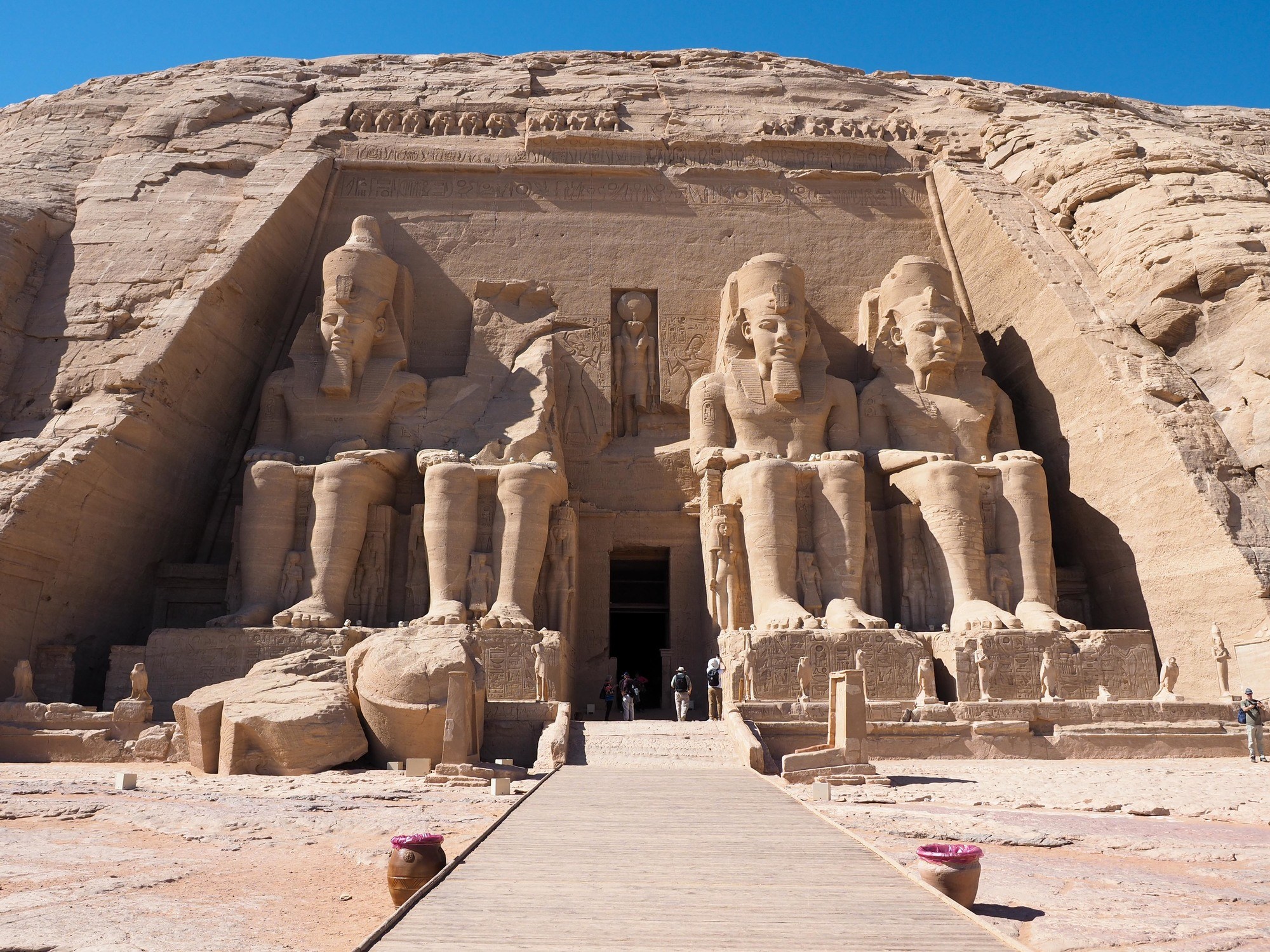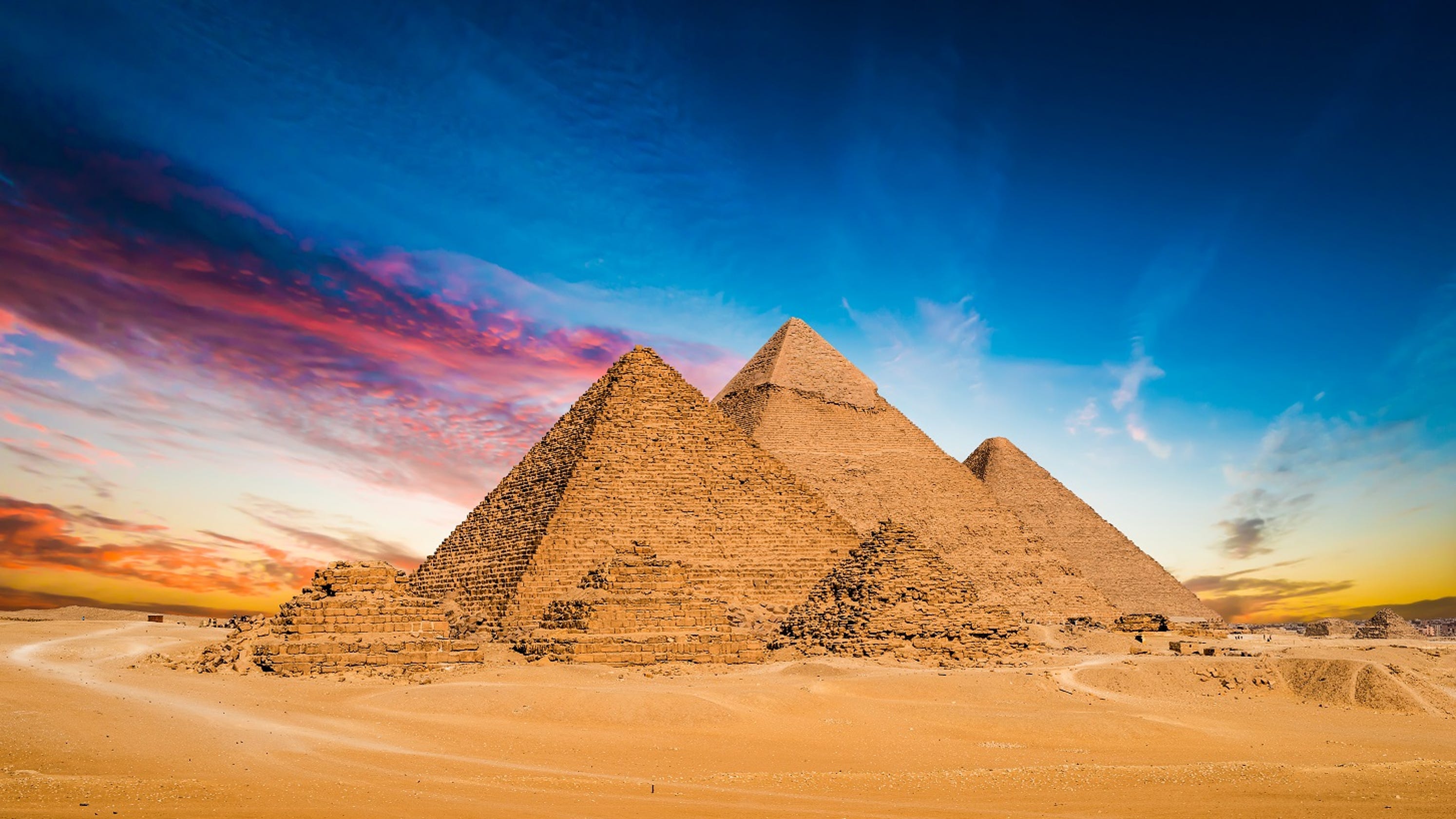Is it possible for a single nation to embody the whispers of millennia, the echoes of empires, and the vibrancy of a contemporary society? Egypt, a land cradled by the Nile, kissed by the Mediterranean, and touched by the sands of time, not only achieves this feat but does so with unparalleled grace and enduring mystique.
The very name "Egypt" carries the weight of history. Derived from the Greek "Aegyptos," a pronunciation of an ancient name, it hints at the layers of civilizations that have risen and fallen on this fertile ground. This northeastern African nation, also known officially as the Arab Republic of Egypt, transcends geographical boundaries. A transcontinental land, it bridges Africa and Asia, its territory extending across the Sinai Peninsula, a land bridge connecting the two continents. Egypts strategic location, at the crossroads of civilizations, has shaped its destiny for centuries, making it a pivotal player in global affairs.
To truly understand Egypt is to journey through time. Ancient Egypt, for nearly three millennia from around 3100 BC, marked by its unification, to its conquest by Alexander the Great in 332 BC dominated the Mediterranean world. The heartland of this ancient civilization, the Nile River valley and delta, nurtured one of the earliest urban and literate societies. The pyramids of Giza, the Sphinx, and the treasures of Tutankhamun are just a glimpse of the artistic and intellectual achievements of a civilization that continues to fascinate and inspire. Modern Egypt, while rooted in its ancient past, pulses with a contemporary energy. From its vibrant cities to its strategic role in international relations, Egypt is constantly evolving, embracing the future while preserving its heritage.
- Mastering Remote Iot Vpc With Raspberry Pi A Comprehensive Guide
- Girthmaster And Mia Z Exploring Their Impact In The Adult Entertainment Industry
| Category | Details |
|---|---|
| Official Name | Arab Republic of Egypt |
| Location | Northeastern Africa, bordering the Mediterranean Sea and Red Sea; includes the Sinai Peninsula. |
| Capital | Cairo |
| Largest City | Cairo |
| Official Language | Arabic |
| Area | 1,010,408 square kilometers (390,121 sq mi) |
| Population (2023 est.) | Approx. 112 million |
| Currency | Egyptian Pound (EGP) |
| Government | Semi-presidential republic |
| Major Religions | Islam (predominantly Sunni), Christianity (Coptic Orthodox) |
| Major Exports | Petroleum and petroleum products, natural gas, textiles, agricultural products |
| Major Tourist Attractions | Pyramids of Giza, Egyptian Museum, Luxor Temple, Karnak Temple, Valley of the Kings, Red Sea resorts |
| Interesting fact | Egypt is home to the Suez Canal, a crucial waterway connecting the Mediterranean Sea to the Red Sea, and one of the world's busiest shipping routes. |
For those planning a journey, Egypt offers a wealth of experiences. The travel guide is filled with the details needed to navigate this complex land. Safety is a primary concern, and the guide should contain relevant updates, including details on how to haggle, insights on fair prices, and other pertinent information for a smooth experience.
Cairo, a sprawling metropolis steeped in history, usually serves as the initial stop for many travelers. Beyond the iconic Pyramids of Giza and the treasures housed in the Egyptian Museum, there is much to explore. A trip to Egypt reveals the blending of cultures, the bustling modern markets, and the serene beauty of the ancient sites.
The land itself dictates the rhythm of life. The Nile River, the lifeblood of Egypt, snakes through the desert, creating a fertile valley that supports a dense population. The geography varies from the vast expanse of the Sahara Desert to the rugged mountains and dramatic coastlines. These natural features, along with the country's climate, have profoundly shaped Egypt's history and culture.
- Hdhub4u South Indian Hindi Dubbed Your Ultimate Guide To Highquality Entertainment
- Remoteiot Web Ssh Raspberry Pi Free Download And Setup Guide
The cultural landscape of Egypt is equally diverse. From the ancient traditions passed down through generations to the modern art and music scenes, the country celebrates its heritage while embracing contemporary influences. The society is a complex tapestry woven from various threads, including its government, economy, foreign relations, and the everyday lives of its people. A comprehensive overview of these aspects reveals a nation grappling with both the past and the future.
The modern Arab Republic of Egypt, officially, holds a significant place in the Middle East and the eastern Mediterranean. With a long history, dating back millennia, Egypt's monuments and historical sites stand as testaments to the skill of its ancient architects and the strength of its civilizations. Its role in the region and global dynamics makes it a focal point for those following developments in North Africa and beyond.
The ancient history of Egypt is a cornerstone of world civilization. The civilization that arose along the lower reaches of the Nile River in northeast Africa, known as Kmt (or Km.t), was a cradle of innovation. Emerging from prehistoric Egypt around 3150 BC, with the unification of Upper and Lower Egypt under Menes (also known as Narmer, according to egyptologists), the foundation for the pharaonic era was laid.
The Arabic name for Egypt, "Jumhriyyat Misr al-Arabiyyah" (Republic of Egypt), reflects its modern identity. It highlights its place within the Arab world, its strategic position, and its cultural ties. It is a bridge between continents, reaching from northeastern Africa to southwestern Asia, forming a link through the Sinai Peninsula.
From a diplomatic perspective, the historical and cultural links between Egypt and other nations, like Cyprus, are crucial. These bonds, as noted by Egypt's ambassador to Cyprus, are a reminder of the shared past. These relationships are built on mutual respect and understanding, and also play an important role in cultural exchange and international cooperation.
The artifacts from the prehistoric period, dating back to 4400 to 3100 BC, offer a fascinating glimpse into the beginnings of Egyptian civilization. The Badarian ivory figurines, Naqada II jars, and bat figurines, among others, highlight the artistic skill and cultural practices of the early inhabitants. The diorite vases, flint knives, and cosmetic palettes found offer insights into the daily lives of these ancient people.
In-depth country profiles on Egypt, including unique, hard-to-find content, are invaluable. These resources delve into the country's customs, culture, history, geography, economy, and current events. Access to photos and video materials provides a complete perspective, providing a window into the intricacies of Egyptian life.
Egypt's governance has evolved through various constitutions, as both a monarchy and a republic post-1952. The 1923 constitution, which followed the declaration of Egypt's independence by Britain, was progressive for its time. This document laid the groundwork for modern Egypt, establishing it as an independent, sovereign Islamic nation. The country's legal and administrative system has changed over time, mirroring shifts in the government and society.
Egypt's historical significance is undeniable. With a rich, ancient history and natural wonders, the country is at the top of many people's bucket lists. The ancient history, combined with its natural beauty, makes Egypt a place that continues to captivate travelers from across the world. The promise of adventure and exploration is what draws visitors to its shores.
The landscape of Egypt is as diverse as its history. The fertile land along the Nile supports a population, with 90% of the people living along a narrow strip. Even in the Fayoum area, the green belt is typically only a few miles wide. This contrast between the lush valley and desert regions defines the geography of the country.
For a truly unforgettable experience, one should seek out expert guidance. National Geographic experts, including Egyptologists, archaeologists, and photographers, often lead expeditions. Their expertise brings depth to the exploration, illuminating the hidden gems of the land of the pharaohs. Every member of the team commits to creating a memorable journey, offering insight and context.
For Further Information, Please visit: Egypt - Britannica
- Gorecenter Is Safe A Comprehensive Guide To Understanding And Ensuring Your Security
- Unlocking The Power Of Remoteiot Platform Free Ssh Key Management For Raspberry Pi
/GettyImages-200478089-001-06db86e7b540494a807a46af6c6c7f11.jpg)

